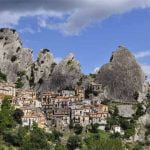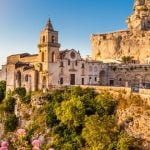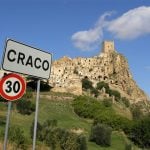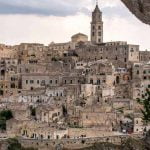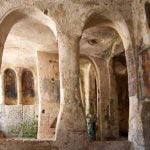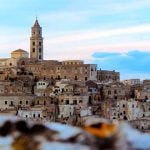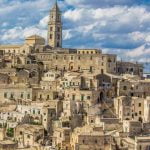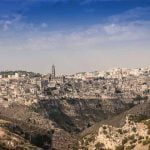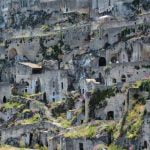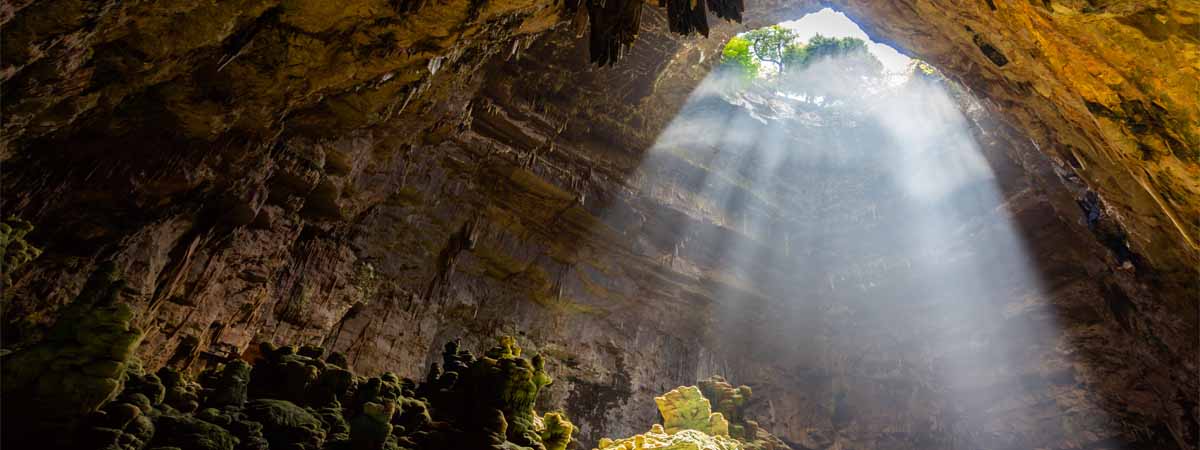The History Of Basilicata
Basilicata is one of the smallest regions in Italy, and until 1927 when the province of Matera was established, the region coincided only with the province of Potenza. Wedged between Apulia, Campania, and Calabria, Basilicata faces both the Ionian and the Tyrrhenian seas. However, despite being geographically located in the heart of Southern Italy, Basilicata has been isolated from the rest of the country throughout its history. Lacking significant urban centers and population growth, historically this land has been marginalized and regarded as a remote territory.
This marginalization led to poor development of the region, and in the first half of the 20th century, writer Carlo Levi described the primitive conditions of life in Basilicata in Cristo si è fermato a Eboli, an memoir chronicling Levi's time spent in Basilicata between 1935 and 1936. The evocative narration describes the discovery of a different civilization in a land left out of progressive history.
With this being said, the history of the region actually changed its course after World War II. Agrarian reform, the intervention of Cassa per il Mezzogiorno (a government initiative that aimed to bolster development in southern Italy), and the general development of the country, which indirectly affected Basilicata, all had a positive impact on the standard of living in the region. At the beginning of the 21st century, Basilicata was still one of the poorest regions in Italy, but its economic dynamism made it stronger than some of the neighboring regions, such as Calabria.
This promising process of development that continues to this day was triggered in the 1980s and was favored by the lack of urban congestion and by the excellent social cohesion of the region.
The name of the region, Basilicata, has Greek origins, stemming from basilikós, a term that referred to the Byzantine emperor. The name has been in use since the 12th century AD, and with the exception of two brief periods when it was replaced by the name Lucania, it remained unchanged.
Today, Lucania, the name which prevailed during the time of the Greeks and Romans, is a synonym for the mountainous region known as Basilicata that overlooks the Tyrrhenian Sea, and the inhabitants of the region are still called Lucanians.
Prehistory Of Basilicata
Basilicata is certainly famous for its prehistory. The artifacts in the region attest to the presence of man since the Lower Paleolithic Age, and there are dozens, if not hundreds, of caves where the imprints of past civilizations are still visible.
One of the most noteworthy artifacts was found in Irsina, below a lithic layer of volcanic materials. The volcanic layer has been attributed to the oldest eruption of Mount Vulture, dated about 800,000 years ago. As a result, the isolated artifacts found in the region point to the presence of humanoids since the earliest times.
Besides this isolated site, there are many other sites in the basin of Venosa where artifacts belonging to the Pleistocene Period have been discovered. In the area of Notarchirico, 11 lithic levels attributed to the Acheulean industry have been identified. Dated about 350,000 years ago, these artifacts are further proof of the presence of early civilizations in Basilicata.
Humanoid remains have also been identified in many sites throughout the region. Noteworthy is a fragment of humanoid femur bone attributed to Homo erectus, which was found in one of the most recent lithic levels belonging to the Lower Paleolithic. Some lithic materials attributable to the Upper Acheulean industries have been found in numerous sites, especially in the area of Castelluccio Inferiore. Some fascinating cave paintings depicting anthropomorphic and zoomorphic figures belonging to the Mesolithic have been discovered in the area of Toppa li Sassi.
The Neolithic civilizations are also well represented in the region. There are numerous remains of settlements and burial places in various locations, and above all in the area of Matera. Some of the most important findings are those of Serra d’Alto, where a type of Neolithic pottery has been identified.
Intense research conducted in the 20th century has allowed for better understanding of the cultural physiognomy of the region during the Eneolithic and Bronze Ages. The final phases of the Bronze Age belong to a culture of incineration, and the most evocative necropolis of the era is Timmari, located near Matera.
In Basilicata, there are also many necropolises from the final Iron Age, and particularly interesting are the tombs excavated in the areas of Lavello, which document the existence of a local aristocracy.
History Of Basilicata
Basilicata, originally inhabited by the Oenotrians, was colonized by the Greeks, who founded several settlements along the coasts in the 7th century BC. Some of the most noteworthy centers were Siris and Metaponto, but in 433 BC, after the destruction of the ancient Siris, the Greeks founded Heraclea, whose ancient foundation still stand.
Heraclea became a particularly important center in the 5th century BC when Tarentum established the seat of the Italiote League in an attempt to fight the Lucanians. Yet, stronger than the Greeks, the Lucanians engaged in violent battles, especially against the colonies settled on the Ionian coast. After bloody struggles, the Lucanians conquered Paestum and other minor settlements, drawing the attention of Rome. As a result, in 280 BC, Heraclea became the scene of a fierce clash between Pyrrhus of Epirus and the Romans. Winning the battle, the Romans established themselves in the region, and in 212 BC, Heraclea, together with the other settlements in the region, was occupied by Hannibal.
During the Punic Wars, the region suffered serious devastation, and following social struggles between 90 and 88 BC, the area became the scene of more wars. This marked the beginning of the decline in the region, and the territory was incorporated together with Calabria according to the Augustan reform. However, the Roman domination didn’t bring wealth to the region, nor exceptional development.
The following Visigoth and Ostrogoth invasions brought nothing but further destruction in the Lucanian territory. After the invasions, the territory was disputed between the Byzantines, who were already settled in the peninsula of Salento and in Calabria, and the Longobards. As a result, in the 8th century AD, Basilicata was divided between the Duchies of Benevento and Salerno.
For a long time, the only unifying territorial element was represented by the diocesan structures and the monastic communities, in particular by the Basilian monks. The monks built villages around the monasteries, and during this period, the territory of modern Basilicata witnessed slight development.
But at the end of the 10th century, the Normans started to establish their domains in the peninsula, an event that had a strong impact on the history of the region. In fact, in 1041 Melfi was elected capital by the Normans, who established their seat in Basilicata and used it as a starting point to conquer the southern territories of Italy. Under their rule, Matera was incorporated into Terra d’Otranto (part of the Apulia territory) while the rest of the territory became, in the 12th century, Basilicata. Yet unlike in other parts of Italy, the Normans did not have a particular influence on the administrative order of the region, nor did they favor its development.
The situation slightly improved in the 13th century, under the Swabians. During their rule, Melfi retained a considerable political and administrative role, and in 1231 Holy Roman Emperor Frederick II issued the constitution here.
Eventually, with the arrival of the Anjou dynasty in Italy, Basilicata became the scene of bitter clashes. During the 13th century, Frederick II's son Manfred made an attempt to preserve his throne. This was accompanied by a revolt against the French, whose reaction led to the destruction of Potenza and other adjacent centers. Afterwards, there was a long period of decline characterized by an abandonment of the municipalities and a true cultural and artistic crisis. This led to the exile of most intellectuals who settled in more prolific areas of the country.
For the upcoming two centuries, the region was practically excluded from the lively circulation of ideas that characterized Southern Italy. At the same time, the region was also afflicted by internal and dynastic struggles which led to further decline.
The Aragon dynasty brought an intense feudalization to Basilicata, and under their rule, the few fertile lands available were assigned exclusively to noble families.
In the 16th century, after a long period of battles for hegemony between the French and the Spanish powers, Basilicata entered into a brief phase of economic stability and cultural recovery, even if it remained subject to the baronial power. In this context, the echo of the uprisings of Masaniello in Naples found fertile ground and inspired dozens of violent revolts of the peasants, often spontaneous and unfruitful.
In an attempt to inhibit these revolts, the viceroyalty took the initiative to transfer a part of the power to royal officials, but this move did not have a favorable outcome. After the devastating earthquakes in 1627 and 1694, Basilicata fell under an even more oppressive feudal control. Only Matera, which was detached from the Terra d’Otranto in 1663 and elected capital of the province, witnessed the birth of a cultural bourgeoisie that claimed political and administrative control.
Under the Austrian dominion, the situation in Basilicata remained unchanged, and not even the advent of the Bourbons brought development to the region. The local economy centered on cereal cultivation due to the absence of a solid network of roads and connections with surrounding territories.
The general cultural and political movements that took root in Italy during the 18th century touched Basilicata in a very slight way. A more significant impact was assigned to the reforms adopted during the 19th century by Giuseppe Bonaparte and Gioacchino Murat. These reforms led to the abolition of feudalism and to the creation of a new administrative organization that divided Basilicata into four districts, Matera, Potenza, Melfi, and Lagonegro.
After the restoration of the Bourbons, Basilicata became the seat of numerous secret societies whose actions were fought by the national powers and severely repressed. This led to the retreat of the liberal movement to the region, but the local political class was too unprepared to take advantage of this opportunity.
The transition to the Kingdom of Italy did not improve the economic or political situation much. In fact, this only highlighted the deep social contrasts between the classes, while the inadequate administrative measures adopted by the state gave birth to the phenomenon of banditry and brigandage.
This situation led to massive emigration at the end of the 19th century, which continued until the interwar period and has directly contributed to Basilicata's lack of population growth.
The Fascism brought a relative modernization to the region, including the development of railways, roads, and sewage systems. Fortunately, the region was ignored by the Allied bombers during World War II and Basilicata did not suffer serious consequences. As a result, Basilicata became a land of asylum for the displaced from neighboring Campania and Apulia.
After the war, territorial reforms and the aid from the government initiative Cassa per il Mezzogiorno contributed to mitigating the effects of the crisis and the migration phenomenon decreased. Starting in the 1980s, the region experienced a notable agricultural and industrial development, which included the exploitation of the oil deposits in the valley of the Agri River and the establishment of a FIAT factory in Melfi.
Archaeology In Basilicata
Despite its troubled history, Basilicata is home to important archaeological remains. Two of the most important archaeological sites, Heraclea and Metapontum, are located in the province of Matera.
The Sassi di Matera are another noteworthy area famous worldwide for its unique allure. Constituting the historical center of the municipality of Matera, Sassi di Matera are a UNESCO World Heritage Site and have been featured in numerous movies.
The province of Potenza also holds important archaeological evidence. Parco del Santuario di Rossano is home to significant traces of a Lucanian sanctuary, while numerous necropolises and remains of the various civilizations are scattered throughout the whole region.
The Romans left little archaeological evidence in the region, but some testimonies are preserved in the Archeological Park of Venosa. Apart from the outdoor sites, there are dozens of interesting museums to mention. These archaeological museums are present in almost all municipalities, with the most popular found in Matera, Potenza, Melfi, and Policoro.
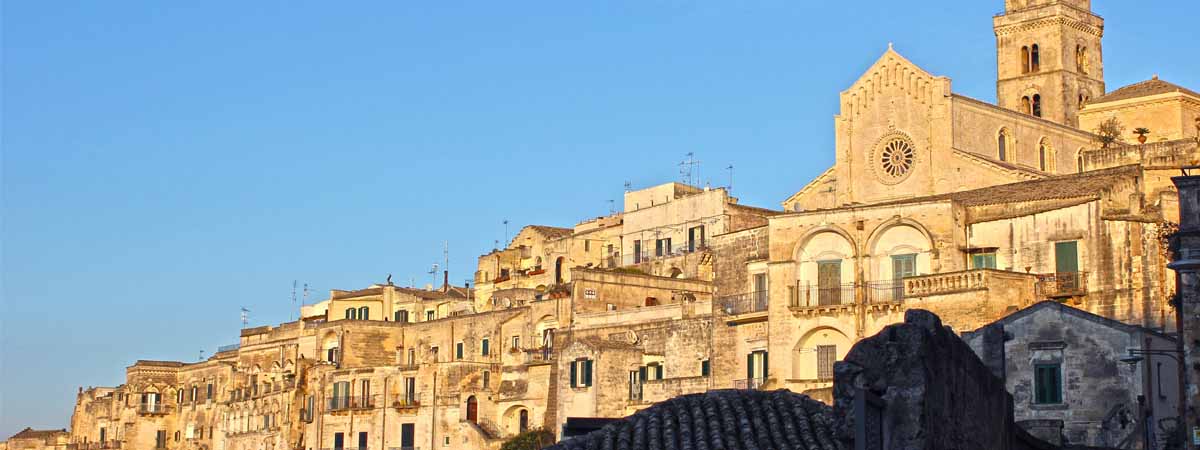

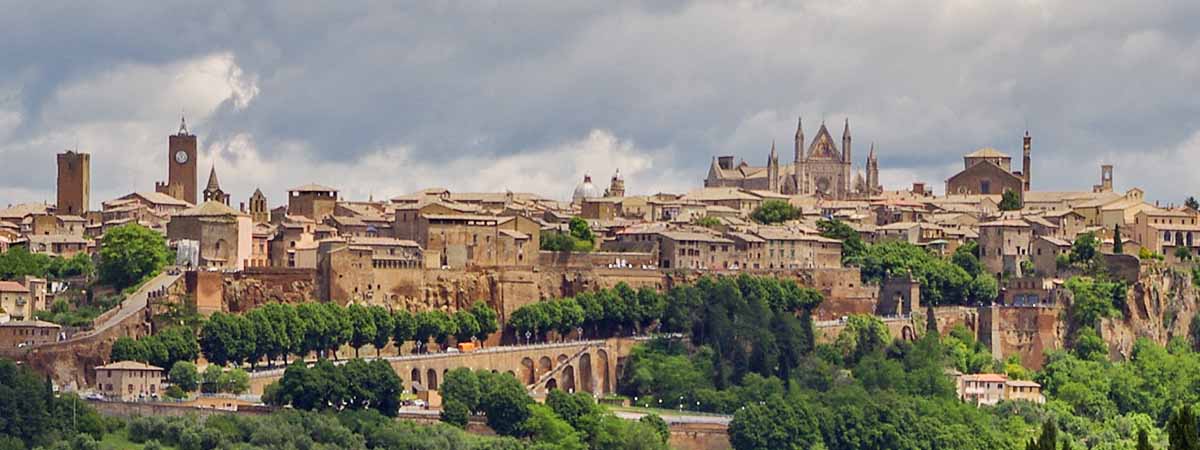
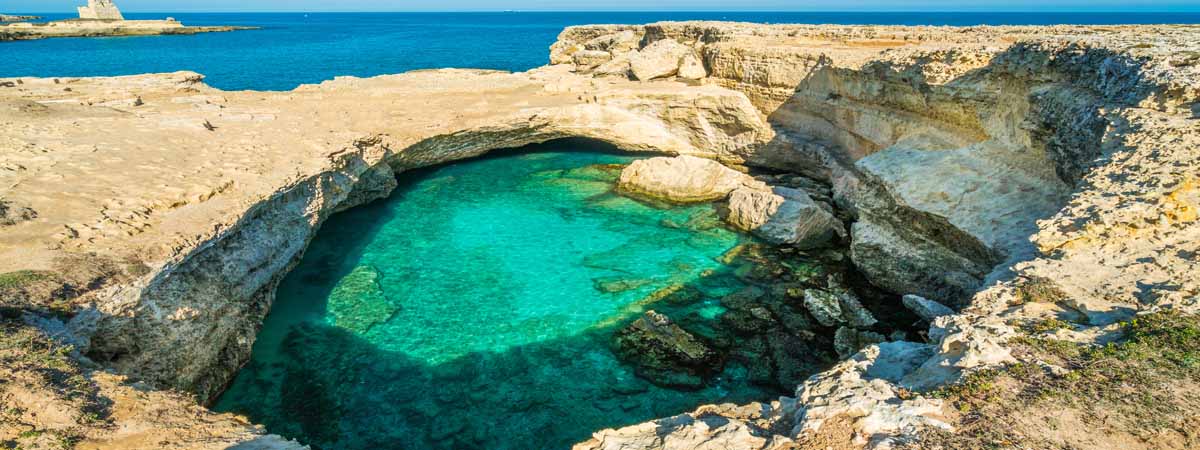
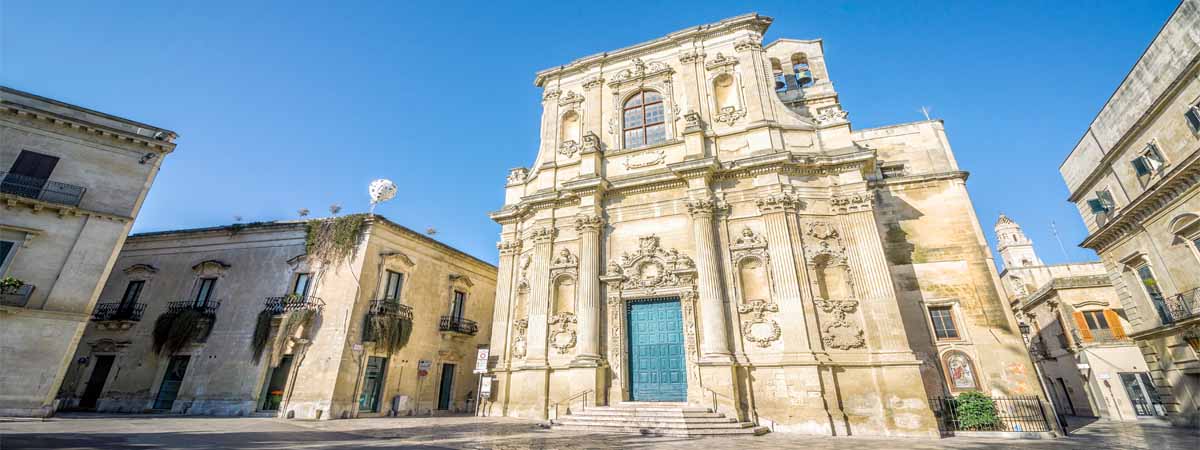

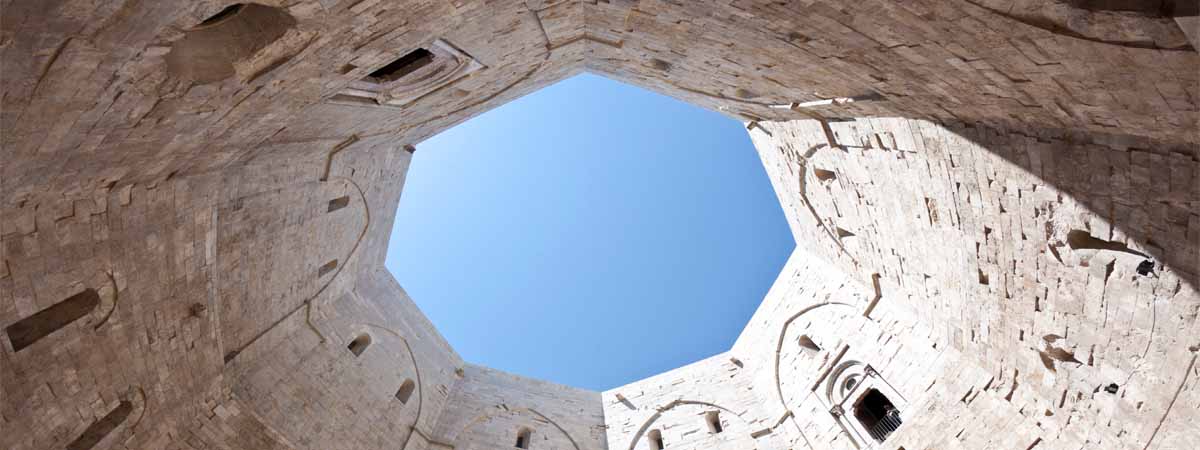
Travel Guides
[wudrelated include="1837"]
[wudrelated include="1855"]
